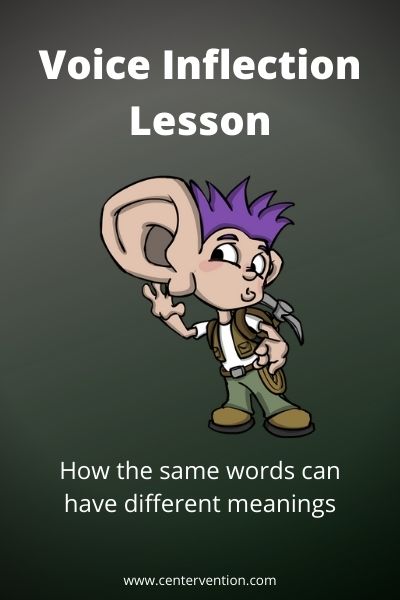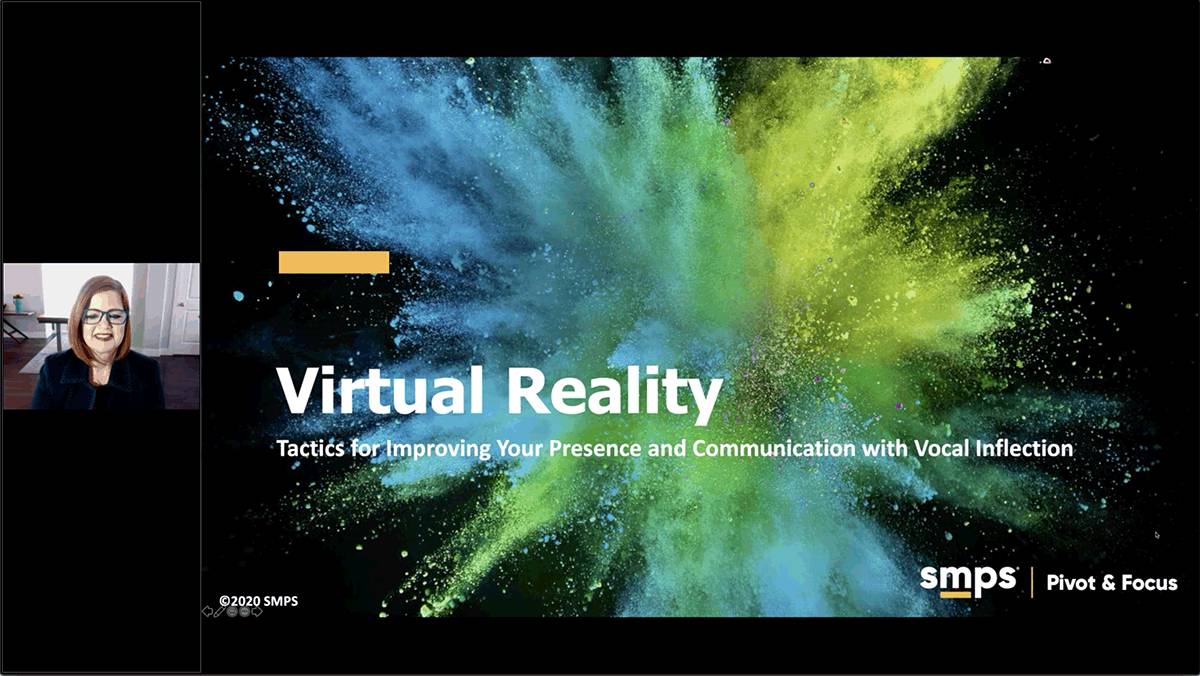Inflection in Communication
Inflection in communication refers to the variation in pitch, tone, and emphasis used when speaking. It plays a crucial role in conveying meaning and emotions.
Inflection can indicate whether a statement is a question or a statement, express different emotions such as excitement or disappointment, and highlight important points in a conversation. It helps to add depth and clarity to verbal communication, allowing the listener to better understand the intended message.
Inflection also helps to capture and maintain the attention of the audience, making the communication more engaging and effective. Overall, inflection brings life and personality to communication, enabling a more dynamic and impactful exchange of information.
What Is Inflection?
Inflection plays a vital role in effective communication. It refers to the modulation of tone or pitch in speech to convey emotions, intentions, or emphasis. By altering the way we speak, we can add depth and meaning to our words.
Inflection helps us express joy, anger, surprise, or skepticism, making our communication richer and more engaging. It serves as a powerful tool to create connections and convey the underlying message. Whether it’s a subtle rise in pitch or a dramatic change in tone, inflection allows us to better articulate our thoughts and feelings.
It adds nuance and context, making sure our message is received as intended. Without inflection, communication may seem flat or monotonous, lacking the emotional impact that can enhance understanding and connection. So, the next time you communicate, pay attention to your inflection and harness its power to make your words truly resonate.

Credit: www.centervention.com
Types Of Inflection
Pitch inflection, volume inflection, and pace inflection are all different types of inflection found in communication. Pitch inflection refers to the variations in the pitch or tone of the voice when speaking. It can indicate emotions, emphasize certain words, or convey meaning.
Volume inflection, on the other hand, pertains to the changes in volume or loudness of speech. It can signify importance, urgency, or draw attention. Lastly, pace inflection involves the adjustments in the speed or tempo of speech. It can convey enthusiasm, excitement, or the importance of information.
These different types of inflection play a crucial role in effective communication, helping to convey emotions, emphasize key points, and keep the listener engaged. Experimenting with inflection can greatly enhance one’s communication skills and make a lasting impact on the audience.
Impact Of Inflection On Communication
Effective communication relies heavily on the use of inflection. Inflection plays a crucial role in conveying emotions accurately and appropriately. By infusing our speech with variation in tone and pitch, we enhance engagement and capture the interest of our listeners.
Furthermore, inflection helps us avoid any potential misinterpretation of our intended message. When we utilize inflection skillfully, we can effectively transmit our emotions and thoughts, ensuring our meaning is clear and understood. It is important to understand that the impact of inflection surpasses the boundaries of verbal communication; it extends to written forms as well.
Through the careful use of punctuation and sentence structure, we can convey our emotions effectively, engaging readers and preventing any misinterpretation. The ability to control our inflection is a valuable skill in any form of communication, leading to clearer understanding and fostering stronger connections with others.
Inflection Techniques For Effective Communication
Effective communication relies on mastering inflection techniques. One such technique is active listening, where we fully engage with the speaker. To enhance communication, we must vary our tone according to the message being conveyed. By adjusting our timing and emphasis, we can emphasize key points and create impact.
These techniques help us convey our thoughts clearly and captivate our audience. Inflection in communication is crucial for building strong relationships, resolving conflicts, and delivering persuasive presentations. By incorporating these techniques into our everyday conversations, we can enhance our communication skills and foster meaningful connections.
Practice active listening, vary your tone, and master timing and emphasis to become a more effective communicator.
Tips For Developing Inflection Skills
Developing inflection skills is crucial for effective communication. One way to improve is by observing and mimicking skilled communicators. Pay attention to their tone, pitch, and emphasis. Another helpful tip is to seek feedback from others and use it to continue improving.
Practice voice modulation exercises regularly to gain better control over your inflection. By fine-tuning your voice, you’ll be able to convey emotions, highlight important points, and engage your audience. Additionally, be mindful of using varying sentence structures to maintain reader interest.
Enhancing your inflection skills will greatly enhance your ability to connect and communicate with others effectively.
Frequently Asked Questions Of Inflection In Communication
What Is An Example Of Inflection In Communication?
Inflection in communication refers to variations in tone, pitch, or volume of voice that convey different meanings. For example, when a person asks a question with a rising intonation, it indicates seeking information. Conversely, when the voice falls at the end of a statement, it signifies a completed thought.
Using inflection can add emphasis or convey emotions such as excitement, anger, or sadness. In addition, the speed at which words are spoken can also play a role in communication. Varying the pace can indicate urgency, hesitation, or casualness, affecting the overall message being conveyed.
What Is Lack Of Inflection When Talking?
Lack of inflection when talking refers to the absence of variety in pitch, tone, and emphasis while speaking. It is characterized by a flat and monotonous voice without any fluctuations. In conversation, inflection plays an important role in conveying meaning, emotions, and intentions.
When someone lacks inflection, their speech may sound dull, robotic, and devoid of expression. This can make it difficult for listeners to stay engaged and understand the intended message. Additionally, it may also impact the speaker’s ability to effectively communicate and connect with others.
Developing proper inflection skills can enhance communication and make speech more engaging and impactful.
What Are The Three Types Of Voice Inflection?
The three types of voice inflection are rising, falling, and monotone. Rising inflection occurs when the voice pitch goes up at the end of a sentence, indicating a question or uncertainty. Falling inflection happens when the voice pitch goes down at the end of a sentence, indicating a statement or confidence.
Monotone inflection is characterized by a lack of variation in pitch, making the voice sound unexpressive and flat. These types of inflection play an important role in communication, as they convey meaning, emotion, and intention in our speech. They help us to express excitement, surprise, doubt, or clarity when talking to others.
Mastering the use of voice inflection can greatly enhance effective communication and help create engaging and impactful conversations.
Is Inflection Verbal Or Nonverbal?
Inflection can be both verbal and nonverbal. Verbal inflection refers to changes in pitch, tone, and rhythm of someone’s voice during speech, which can convey emotions, intentions, or emphasis. Nonverbal inflection, on the other hand, involves changes in facial expressions, body language, and gestures, which can also communicate emotions and intentions.
While verbal inflection mainly relies on the voice, nonverbal inflection uses other forms of communication. Both verbal and nonverbal inflection are important components of effective communication, as they enhance the clarity and meaning of the message being conveyed. By using appropriate inflection, speakers can add depth and richness to their communication, making it more engaging and impactful for the audience.
Conclusion
The significance of inflection in communication cannot be underestimated. It plays a crucial role in conveying emotions, intentions, and meanings in our interactions. By emphasizing certain words or phrases through pitch, tone, and stress, we can enhance our communication and make it more impactful.
The use of inflection enables us to effectively engage our audience, whether it be in a speech, presentation, or everyday conversation. It helps to maintain interest, convey passion, and grab attention. Without it, our messages may come across as monotonous and fail to effectively convey the intended meaning.
Furthermore, inflection is a vital aspect of effective storytelling. It adds depth and dimension to our narratives, allowing listeners to connect with the characters and events on a deeper level. By altering our voice to match the emotions and actions being described, we can make our stories come alive.
Mastering the art of inflection in communication is essential for effective interpersonal connections, public speaking, and storytelling. It is a powerful tool that can be honed and utilized to convey our thoughts, feelings, and ideas with precision and impact.


